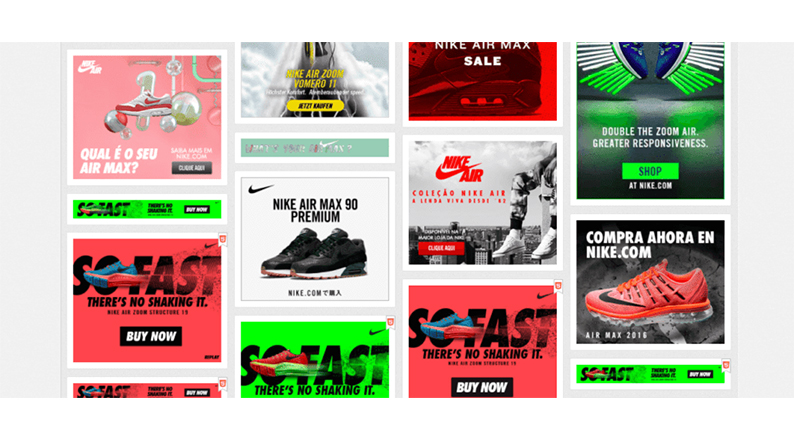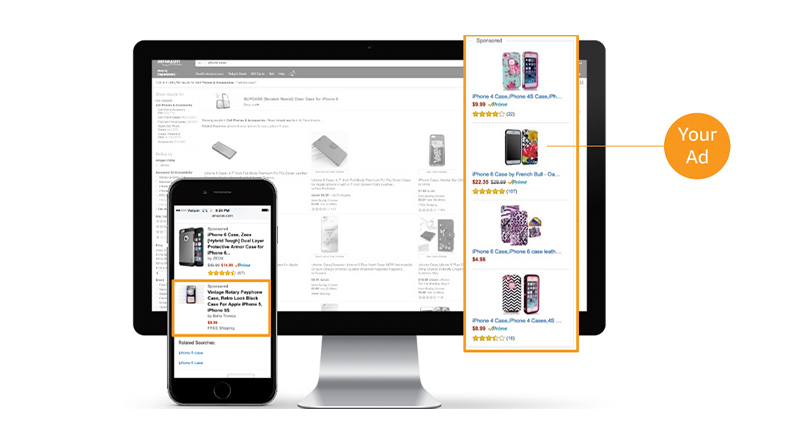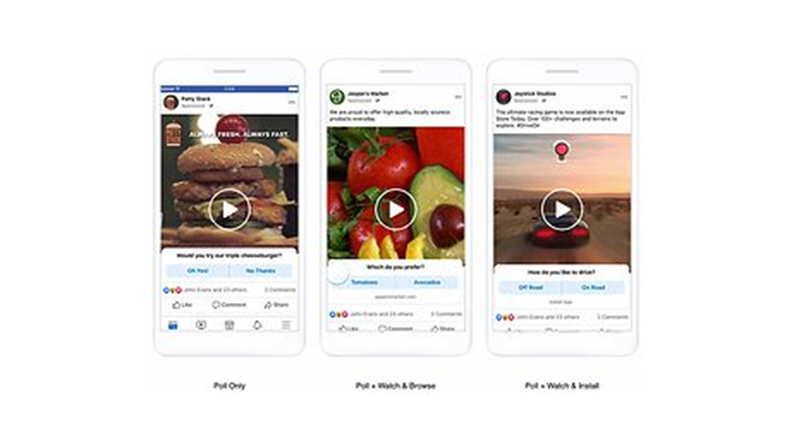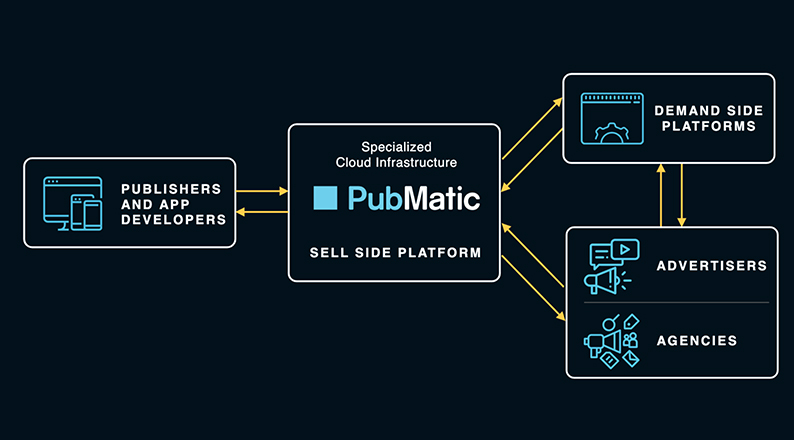Advertising is an industry that has historically been labor-intensive and relationship-driven, with parties often having to go through arduous negotiations to secure packages of advertising space.
With the rapid growth of the eCommerce industry, businesses need more than just strong websites and marketing strategies to stay competitive. In order to attract customers and facilitate conversions, ads play a crucial role.
Programmatic advertising is a great way to achieve a personalized advertising experience.
This article will discuss what programmatic advertising is and its usefulness in eCommerce marketing.
History of Programmatic Advertising
Programmatic marketing has existed since the early 2000s when Ad networks emerged to bridge the gap between publishers with remnant inventory and advertisers. Initially, these networks served as a way for publishers to monetize the remaining impressions that couldn’t be sold directly.
However, as the internet grew and the number of websites increased, these networks recognized the potential to expand their services and offer more advanced services to their customers. This eventually led to the development of the first programmatic ad platforms, combining real-time bidding with data insights.
Since then, programmatic advertising has continued to evolve and become an integral part of the digital advertising industry. Nowadays, it is the preferred method for digital ad transactions, allowing advertisers to instantly locate their target audience and deliver the right message at the right time.
What Is Programmatic Advertising?
Programmatic advertising is a way of automating the purchasing of digital advertising space. Unlike the traditional method, which involves requests for proposals, tenders, quotes, and negotiations, programmatic marketing relies on software to buy and sell online display space.
This advanced technique considers various user signals to guarantee that the advertisement reaches the right person, in the right place, at the right time.
The programmatic technique is a great asset for marketers, as it reduces the labor involved in preparing insertion orders or ad tags. Additionally, it provides marketers more time to optimize and improve their campaigns for success.
Any format and channel can be accessed and used for ad buying through programmatic platforms. Therefore, both SMEs and global brands can reap the benefits of programmatic marketing.
There are various types of Programmatic Advertising Platforms.Three major types are:
- Sell-side platform (SSP) – SSP facilitates the selling of ad space by publishers in real-time.
- Demand-Side Platform (DSP) – DSP facilitates the advertisers with purchasing of ad spaces across the internet in real-time.
- Data Management Platform (DMP) – DMP collects and analyses data regarding the audience to create targeted ad campaigns.
In 2024, the programmatic ad spend in US, is likely to exceed 264 billion USD and 80% of the digital advertising expenditure in the US. In the global programmatic ad market, US makes up the 40% of the global spending, making the country the largest in the worldwide programmatic ad market.
How Does Programmatic Advertising Work?

Through artificial intelligence (AI) and algorithms, programmatic media buying platforms allow marketers to target specific audiences, bid on ad inventory, and purchase ad space in real-time.
Programmatic advertising begins with marketers setting their target audience and budget. This information is then used to create a demand-side platform (DSP) tailored to their specifications. The DSP uses AI algorithms to select and bid on the best ad inventory in real time.
This is done on multiple ad exchanges, such as AppNexus, BrightRoll, and DoubleClick. The DSP also considers various factors, such as audience, time of day, creative size, and device, to determine the best bid.
In addition, marketers can use third-party data sources and first-party data sources to inform their targeting and bidding strategies. This data can be used for both prospecting and retargeting.
For example, a company may use third-party data sources to identify potential new customers and first-party data sources to retarget existing customers. Finally, marketers are charged with a dynamic cost-per-mille (CPM), an algorithmically determined price that reflects the current market value of the ad inventory.
This dynamic CPM allows marketers to pay a fair price for the ad space they purchase and ensures they are not overpaying for low-value ad inventory. This benefits marketers and publishers, ensuring they get the best value for their investments while publishers maximize their ad revenues.
By automating the process with AI and algorithms, marketers can target specific audiences and purchase ad space quickly and easily. This makes programmatic advertising an invaluable tool for marketers looking to reach their target audience.
How Is Programmatic Advertising Useful in eCommerce Marketing?
You should consider doing so if you haven’t already utilized programmatic advertising for your e-commerce store or platform. Utilizing this technique offers numerous benefits to eCommerce platforms. They include:
1. Precise Targeting
Programmatic advertising is an incredibly useful tool for eCommerce marketers, as it enables them to create highly targeted campaigns that reach their intended audience with a much higher success rate than traditional methods.
Through sophisticated algorithms that analyze data points such as demographics, location, interests, and past purchases, marketers can precisely target their campaigns to the consumers they seek.
This allows for much higher conversion rates and improved ROI, as marketers can be confident that their campaigns reach the right people at the right time.
Nike has used programmatic advertising to target athletes and fitness enthusiasts with ads for their products, which are most likely to be purchased at the moment. This precision targeting has enabled Nike to increase sales and brand recognition.

2. Saved Costs
Programmatic advertising utilizes sophisticated targeting technologies to ensure the most relevant messages reach the right people at the right time. This allows advertisers to be more strategic and cost-effective with their ad spend, as they can focus on specific audiences instead of buying bulk ad space.
By targeting specific audiences, marketers get to maximize their marketing campaigns’ effectiveness. This results in increased ad effectiveness at a reduced cost, providing a better return on investment than is often achieved through traditional methods.
3. Relaxed Manpower
Programmatic advertising leads to liberated, productive, and relaxed employees by streamlining the process of buying, optimizing, and placing digital ads. This automation process saves time and resources that can be better used to focus on other tasks.
Programmatic marketing provides more accurate targeting and measurement, helping to ensure that the right people are being reached with the right message, leading to better results.
It helps decrease stress and worry in the workplace, allowing employees to feel relaxed and productive while working on their tasks without worrying about ad buying and optimization details. This reduces absenteeism and improves productivity in the workplace.
A good example is Amazon. It has achieved liberating, productive, and relaxed employees by optimizing its digital ad campaigns and automating the process of ad buying, optimization, and placement.

4. Enables the Submission of Bids and Real-Time Optimization
Real-time bidding (RTB) is an automated process that allows advertisers to place bids for specific display ad placements in real-time. This process enables them to take advantage of the speed and efficiency of automated bidding to maximize their reach and impact.
Furthermore, it allows them to measure the performance of their campaigns as soon as they are launched, meaning they can quickly adapt to changes in the market and optimize their campaigns in real-time.
For example, if an advertiser finds that one of their campaigns is not meeting their expectations, they can take immediate action to make changes. This could involve adjusting bids to target different demographics or switching to a different ad format to ensure their message reaches the right people.
5. Openness in Ad Placements
Transparency in ad placement and activity is important because it allows marketers to ensure their message reaches the right people. With programmatic advertising, marketers can view the exact sites on which their ads are placed and the kind of audiences that are viewing them.
This helps them optimize their campaigns and ensure that the right people see their ads in the right places. It also helps marketers better understand their return on investment and ensure they are not overspending on ad campaigns.
6. Various Creative Formats
With the variety of creative formats available, marketers can produce and test multiple media formats to discover the most effective in reaching their desired users.
Types of programmatic ads include:
- Audio Ads. They are ads that play audio content, such as narration, music, or sound effects. Audio ads are often short and are played before, during, or after other audio content, such as podcasts.
- Connected TV (CTV). They are shown on TV-connected devices like Apple TV, Roku, and Amazon Fire TV. CTV ads are typically video ads served to viewers in the form of traditional TV commercials or customized video ads.
- Digital Out-of-Home (OOH). These ads are placed in public spaces like bus stops, subway stations, and airports. OOH ads are typically digital billboards or banners that are served to passersby.
- Display ads. These ads are shown on websites, apps, and other digital platforms. Display ads are usually static images or animated graphics that viewers can click on to learn more about a product or service.
- Native ads. These are programmatic ads that are designed to blend in with the content of a website or app. Native ads are typically text-based and are often misidentified as regular content.
- Video ads. They are shown in the form of a video. Video ads can be pre-, mid-, or post-roll and are usually served before, during, or after other video content.
Below is an example of video ads appearing on Facebook’s social media platform.

What Are the Drawbacks of Programmatic Marketing for Online Stores?
Programmatic marketing can be a powerful tool for online stores, but there are a few drawbacks. They include:
1. Lack of Control
Some control over messaging and targeting must be relinquished when using programmatic marketing. If not configured correctly, the programmatic platform may not target the intended audience or target them too often, leading to reduced conversion rates and an overall decrease in campaign effectiveness.
Moreover, if the campaign’s goals are unmet, it can be difficult to identify the cause and make necessary adjustments. Without control over messaging and targeting, making the necessary corrections and guaranteeing a successful campaign can be difficult.
2. Cost
The technology, data management, and expertise needed to drive successful campaigns can be expensive.
Smaller businesses can utilize programmatic advertising however, With programmatic marketing being often competitive, it may be difficult for smaller businesses to bid on the same keywords or ads as larger businesses and receive the same return on investment.
Furthermore, the time and resources necessary to develop and manage programmatic marketing campaigns can be difficult for smaller businesses to acquire without outside help.
3. Complexity
Programmatic techniques in eCommerce marketing necessitate a comprehensive understanding of data, analytics, and automation. This can be a complicated process that requires a great degree of technical knowledge and proficiency.
Optimizing their campaigns’ efficacy can be difficult for businesses without the necessary resources, such as experienced personnel or financial resources, to invest in programmatic marketing.
Without the proper comprehension of the technology and the effective implementation of strategies, companies may squander time and money on campaigns that do not generate the desired results.
4. Poor Quality Traffic
Programmatic marketing uses automated systems to purchase and manage digital advertising. While this can generate a large volume of traffic, this traffic can be of low quality. Uninterested visitors who are unlikely to take any desired action can result in a low return on investment for the business.
Poor quality traffic is difficult to manage as it needs to be filtered out from the higher quality traffic. This requires extra effort to ensure the marketing campaign is successful and yields the desired results.
5. Lack of Transparency
Some programmatic platforms are opaque regarding reporting, making it difficult to determine where your ads are being shown and how effective they are.
Advertisers risk fraud from DSPs, SSPs, and Publishers using automated processes. Estimates suggest that up to 40% of all web traffic is fraudulent, meaning it is not an actual person but a bot loading and visiting a website.
Platforms for programmatic advertising
Programmatic advertising is becoming famous, and virtually all advertisers are taking advantage of it, though they may not be aware of it. Although big players may come to mind, many programmatic advertising platforms are available, each with its specialty.
Here are examples of programmatic advertising platforms:
1. Pubmatic

PubMatic is a programmatic ad platform providing comprehensive solutions for publishers and marketers. It offers various ad formats, channels, and analytics to help publishers and marketers maximize their ad campaigns.
PubMatic also provides a private marketplace of high-quality ad inventory and guards against fraudulent activity by offering program refunds in real-time. It is a popular platform, with over 1.4 trillion ad bids per day, and is well-known for its excellent supply of high-quality ad spots.
2. Google Ad Manager
Google Ad Manager is a programmatic advertising platform that allows publishers to monetize their content easily. It is one of the US’s most widely used ad-serving platforms, with nearly 75% of ad impressions being served. It is simple to set up and provides helpful analytics, but it may not provide the highest RPM.

Adobe Advertising Cloud

Adobe Advertising Cloud is a premier programmatic advertising platform allowing advertisers to efficiently carry out their campaigns across multiple channels. It provides a comprehensive platform for buying, managing, and measuring connected TV, video, display, native, audio, and search campaigns.
The easy-to-use interface helps advertisers to easily set up, manage, and monitor their campaigns, giving them the best chance of maximizing their return on ad spend. It also uses people-based marketing and inventory management to ensure the most targeted ads reach the right audiences.
MediaMath
MediaMath’s customer service and support team is committed to helping marketers achieve their desired outcomes. They provide assistance and expertise in every step of the campaign process, from planning and strategizing to optimization and performance analysis.
Their team of knowledgeable professionals is available to provide technical advice, answer questions, and solve any issues that may arise to ensure campaigns succeed. They also offer personalized training, workshops, and additional resources to help marketers stay informed on the newest trends and optimal practices.
Conclusion
Programmatic advertising has revolutionized the way businesses buy and sell digital ad space. This advanced technique allows marketers to target specific audiences, bid on ad inventory, and purchase ad space in real time.
It is an invaluable tool for eCommerce marketers, enabling them to create highly targeted campaigns that reach their intended audience with a much higher success rate than traditional methods. Additionally, it helps marketers to save costs and manpower, enables the submission of bids and real-time optimization, offers transparency in ad placements, and provides various creative formats for campaigns.
However, programmatic marketing has some drawbacks for online stores, such as lack of control, cost, complexity, poor quality traffic, and lack of transparency. Despite these challenges, programmatic advertising can be a powerful tool for eCommerce platforms if used correctly.
Through platforms such as Pubmatic, Google Ad Manager, Adobe Advertising Cloud, and MediaMath, businesses can use programmatic marketing to reach their target audience and maximize their ROI.
Acowebs are the developers of Woocommerce Custom Product Addons which is a optimized, lightweight, and fruitful plugin that is simply the best to add extra product options using its custom form builder easily. WooCommerce custom fields also comes with drag and drop form builder, 22+ field types and custom price formula.












 Login
Login
 Cart
Cart







